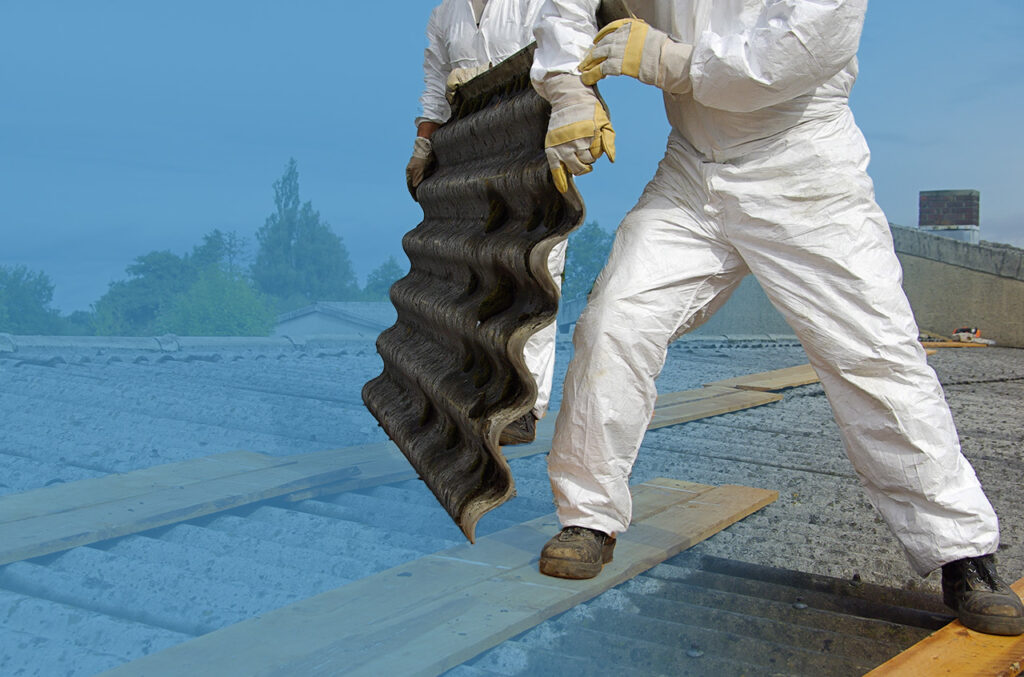Over 25 years after the final prohibitions on the supply of asbestos, asbestos-related diseases still account for around 5,000 deaths annually, including mesothelioma, lung cancer and asbestosis.
Where asbestos is found
Asbestos can be present in any building constructed before 2000. It poses particular risk to those carrying out maintenance, refurbishment or construction work where asbestos-containing materials may be disturbed.
HSE consultation launched
To improve safety, the HSE has launched a public consultation on proposed changes to the Control of Asbestos Regulations and related guidance.
Focus area 1: Analyst independence
Currently, licensed asbestos removal contractors clean affected areas and request independent analysis before reoccupation. However, analysts are often appointed by the removal contractor, raising concerns over independence.
The consultation proposes two options:
- Option 1: Improve guidance and communication (non-mandatory).
- Option 2 (preferred): Amend regulations to mandate that clients or dutyholders appoint the analyst independently.
Focus area 2: Survey quality
Two types of asbestos surveys exist: management surveys for ongoing building use, and more intrusive refurbishment/demolition surveys.
The current regulations require the dutyholder to appoint a competent surveyor but do not mandate accreditation. The proposals are:
- Option 1 (preferred): Improve guidance to dutyholders.
- Option 2: Mandate accreditation for all asbestos surveyors.
Focus area 3: NNLW category clarity
Asbestos work falls into three categories:
- Licensable work: Highest risk; requires licensed contractor and notification.
- Non-licensable work: Lower risk; no licence or notification required.
- Notifiable Non-Licensed Work (NNLW): Mid-level risk; requires notification but not a licence.
Concerns have been raised that the definition of NNLW is unclear, leading to potential safety gaps. Options proposed include:
- Option 1 (preferred): Clarify via guidance and additional interventions.
- Option 2: Remove the NNLW category entirely, shifting more work into the licensable category.
- Option 3: Amend the definition of NNLW.
Respond to the consultation
You can read the full proposals and submit feedback via the HSE website. The consultation runs until 9 January 2026.



